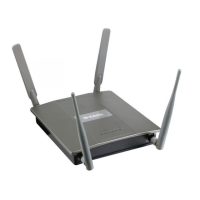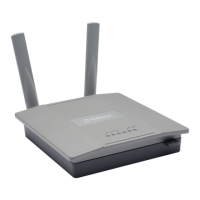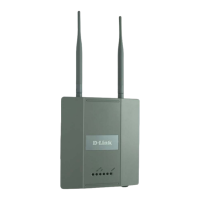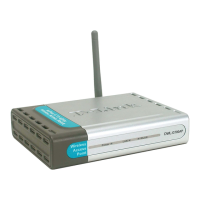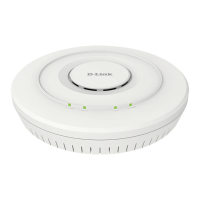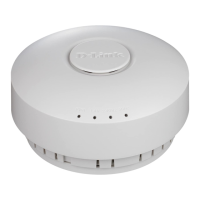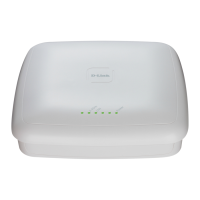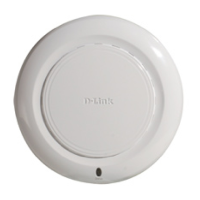Captive Portal Configuration
D-Link Unified Wired and Wireless Access System
Oct. 2015 Page 410
D-Link UWS User Manual
SNMP Trap Configuration
Use the SNMP Trap Configuration page to configure whether or not SNMP traps are sent from the Captive
Portal and to specify captive portal events that will generate a trap.
All CP SNMP traps are disabled by default.
To configure SNMP trap settings for various captive portal features, click Security > Captive Portal > SNMP
Trap Configuration.
Figure 280: SNMP Trap Configuration
The traps specified in the table below are generated only by the Cluster Controller unless otherwise specified.
The following table describes the events that generate SNMP traps when the status is Enabled.
Note: You can configure the Captive Portal traps only if the Captive Portal Trap Mode is enabled,
which you configure on the LAN > Administration > SNMP Manager > Trap Flags page.
Table 241: SNMP Trap Configuration
Field Description
Captive Portal Trap Mode Displays the captive portal trap mode status. To enable or disable the mode,
use Captive Portal menu on the LAN > Administration > SNMP Manager >
Trap Flags page.
Client Authentication Failure
Traps
If you enable this field, the SNMP agent sends a trap when a client attempts
to authenticate with a captive portal but is unsuccessful.
Client Connection Traps If you enable this field, the SNMP agent sends a trap when a client
authenticates with and connects to a captive portal.
Client Database Full Traps If you enable this field, the SNMP agent sends a trap each time an entry
cannot be added to the client database because it is full.
Client Disconnection Traps If you enable this field, the SNMP agent sends a trap when a client
disconnects from a captive portal.
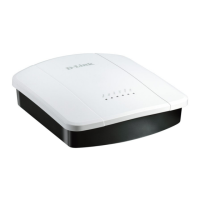
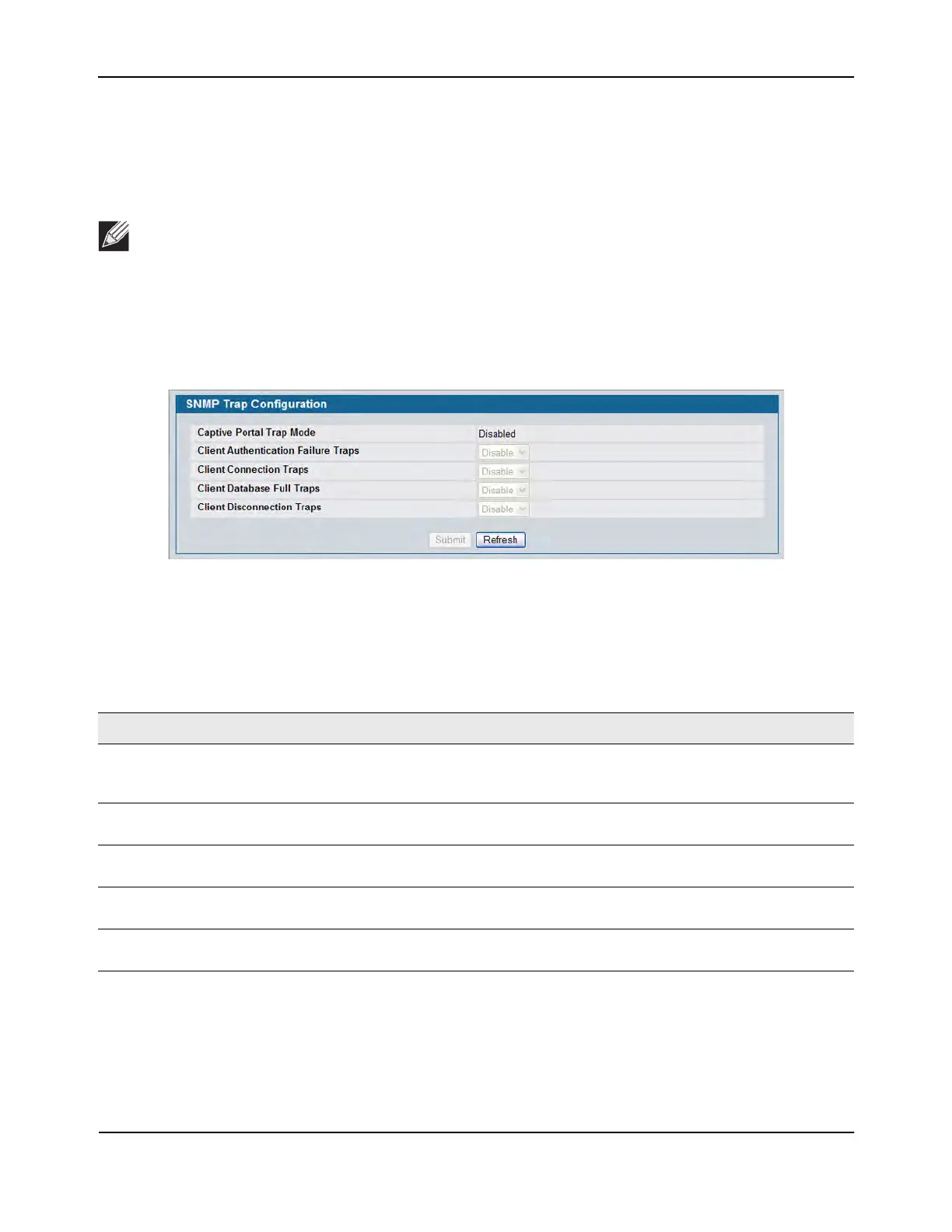